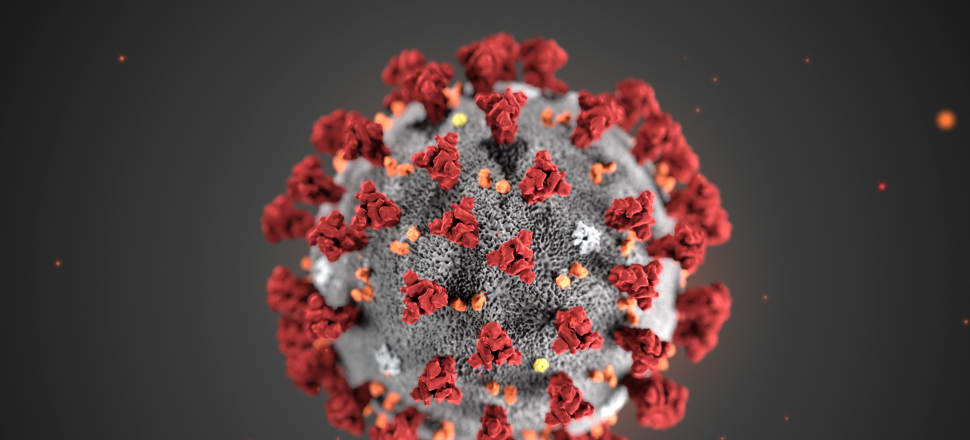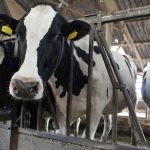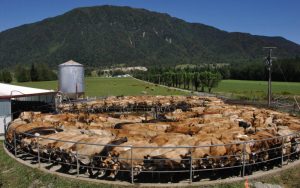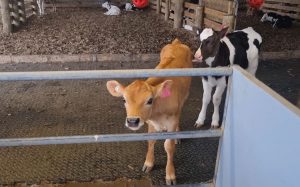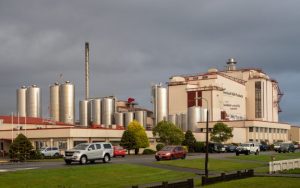
Compared to other commodities like oil, the impact on dairy hasn’t been as bad.
Since the outbreak gripped global financial markets in late January, whole milk powder prices have fallen 8.7% on the Global Dairy Trade (GDT) auction. In comparison, Brent crude oil has fallen 20.4%.
Westpac is sticking to its forecast payout of $7.20/kgMS for the season. Two weeks ago Fonterra reaffirmed its forecast farmgate milk price range at $7.00-7.60/kgMS.
Fonterra chief executive Miles Hurrell says the current situation around coronavirus is very fluid and uncertain.
However, Fonterra has already contracted a high percentage of its 2020 financial year’s milk supply and this is helping the co-op manage the impact of coronavirus.
“Our Greater China team are working hard to keep our operations running as smoothly as possible. Without them this would not have been possible and I want to thank them for their efforts,” Hurrell says
“There has been a slow-down in processing of containers at ports and we are managing the flow of our product into China carefully to avoid congestion. Currently, our product is continuing to be cleared by customs and quarantine officials.”
Hurrell says Fonterra remains confident in its forecast and earnings guidance of 15-25 cents/share despite current market conditions as a result of coronavirus.
Last week’s (March 4) GDT auction recorded its third consecutive drop in the price index: down 1.2% over the previous auction.
Key export product, whole milk powder, fell only 0.5% – a smaller fall than futures market predictions of a 3%-4% fall. At US$2952/metric tonne, WMP is at the lowest level since February 2019.
Skimmed milk powder prices fell 3.2%, butter rose 1.0%, anhydrous milk fats fell 1.7%, and cheddar cheese fell 4.7%.
Speizer says the results suggest the coronavirus outbreak continues to affect dairy commodities, albeit moderately so far.
“Looking ahead, the coronavirus outbreak poses both positive and negative risks to demand. “Slower activity could crimp demand for dairy inputs to other products, but a renewed focus on nutrition could boost milk demand.”
North Asian demand at last week’s auction was lower than usual, but demand from South East Asia and Oceania was higher.
Meanwhile, on the supply side, persistently dry conditions in the North Island and flooding in the southern South Island could see milk production fall short of what the market is expecting, says Speizer.
“Against that, Canterbury and Otago, where irrigation is widespread, have reported good growing conditions.”
DCANZ data shows January national milk solid production was 1.1% higher than in January 2019, and the season to date (Jun-Jan) is 0.5% higher than the previous comparable period.
Overall, there hasn’t been any strong evidence of a supply shortfall to date, Speizer says.
